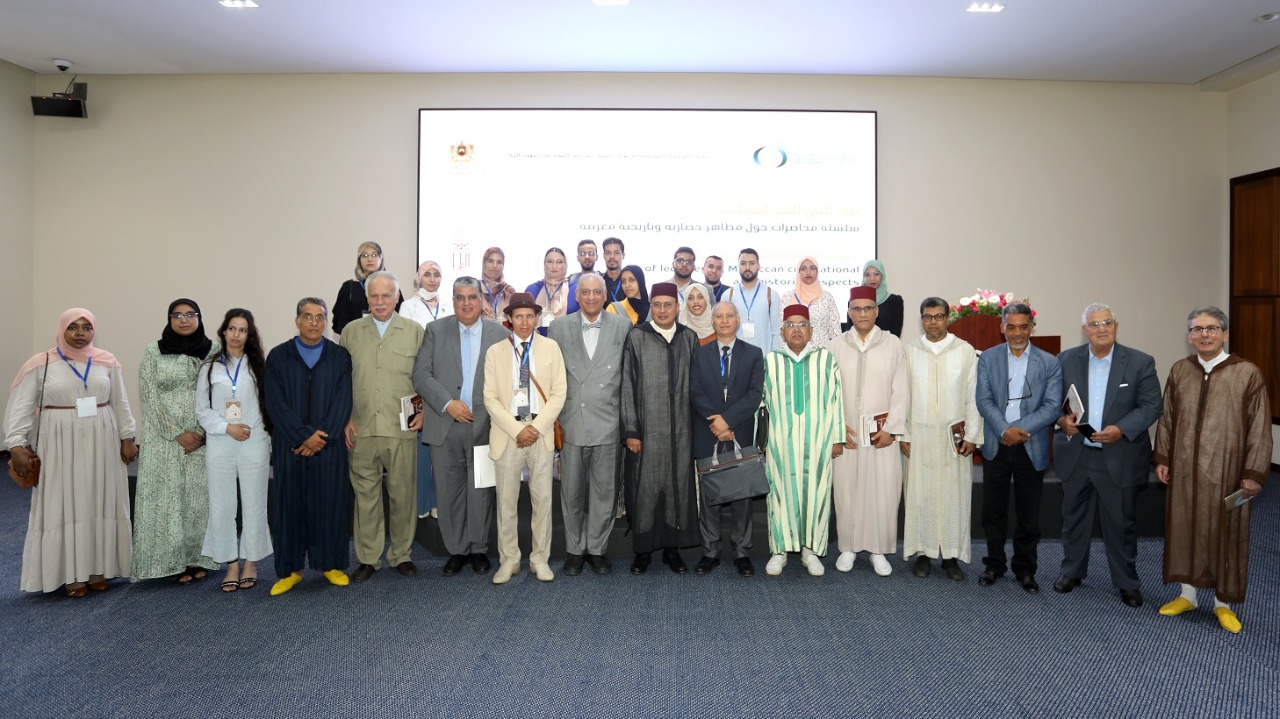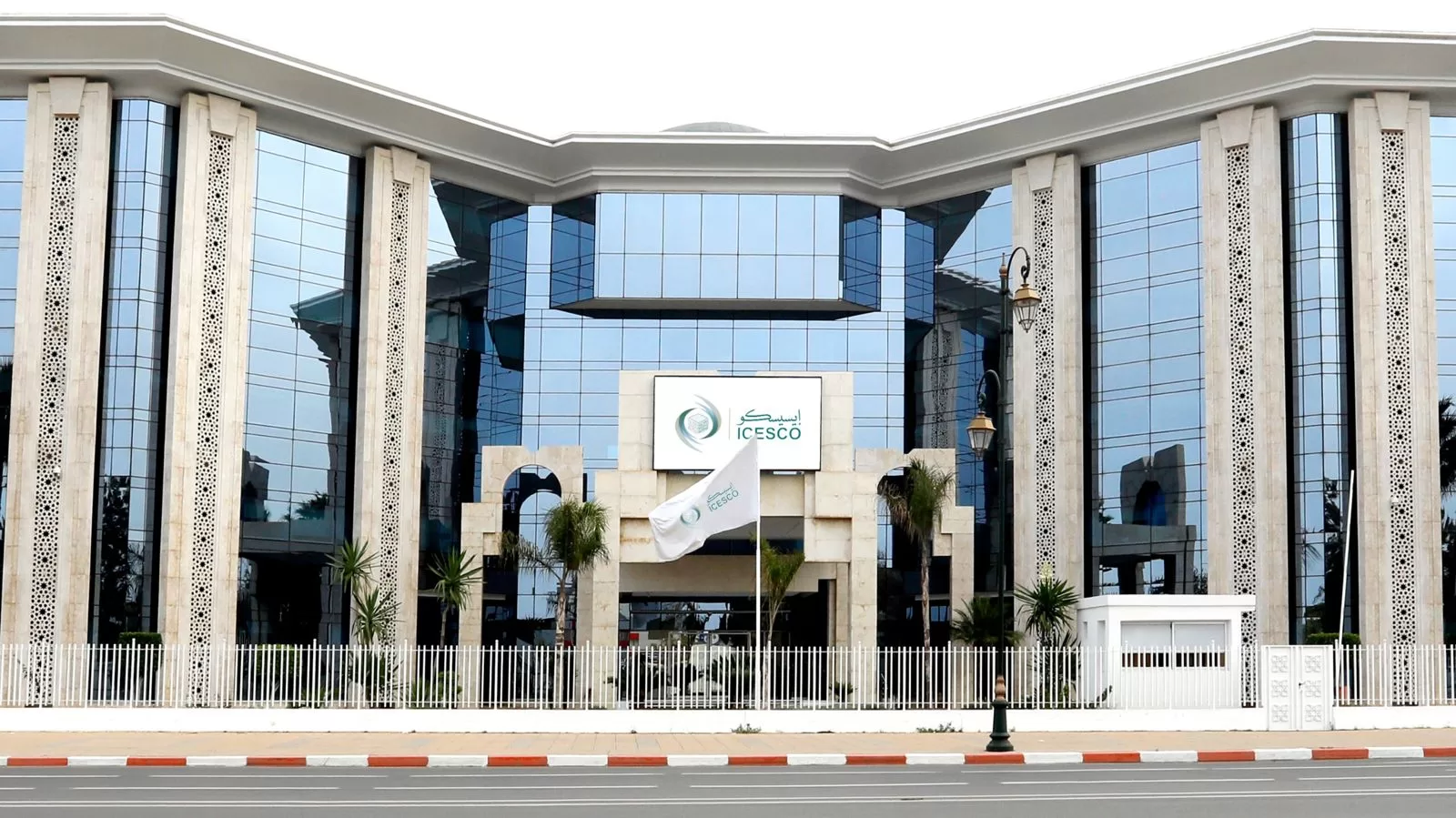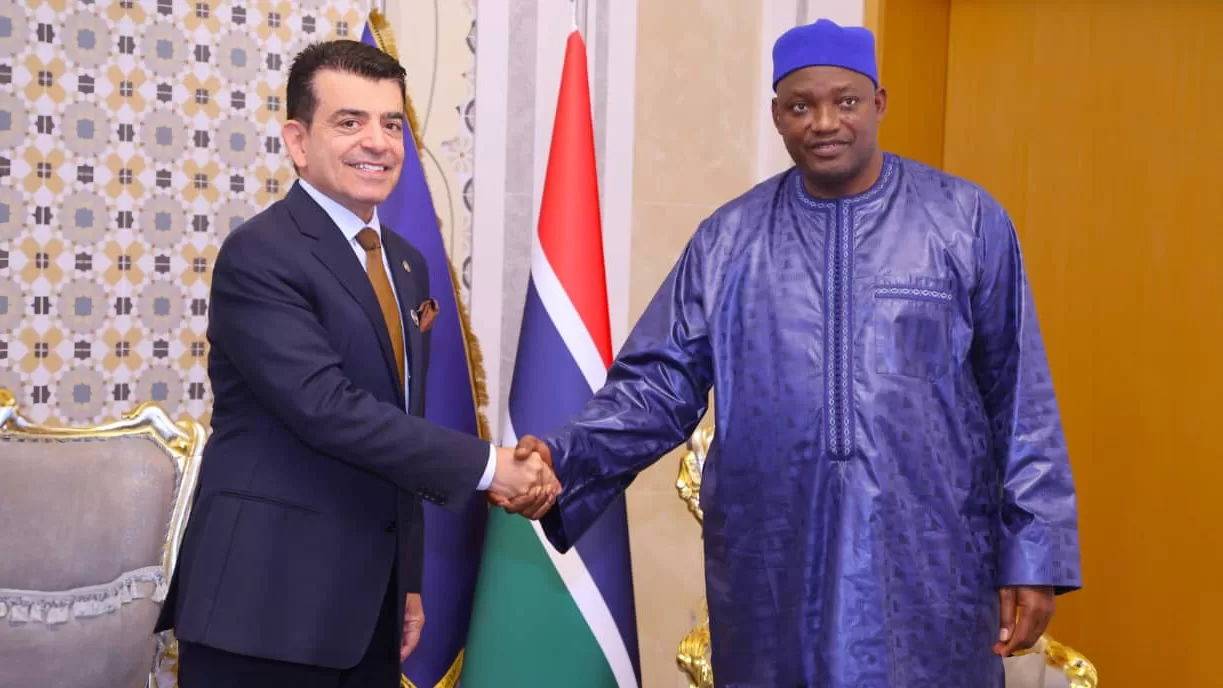
Cultural Forum at ICESCO to Introduce Moroccan Civilizational and Historical Aspects

2 July 2022
The Islamic World Educational, Scientific and Cultural Organization (ICESCO) held a cultural forum, in partnership with the Ministry of Endowments and Islamic Affairs in the Kingdom of Morocco, within the framework of the Cenacles of Gentle Exchange and as part of the activities of the celebration of Rabat, 2022 Culture Capital in the Islamic world. The forum aims at introducing some Moroccan civilizational and historical aspects, which are considered intangible heritage, mainly the ceremony of the candle procession that takes place in the city of Salé on the occasion of the Prophet’s birthday, as well as the artistic creations in the books of the Prophet’s Shama’il.

The event was held on Friday, July 1, 2022, with the presence of a group of researchers, historians and artists in the field of calligraphy, including the presentation of a sample of the procession of candles, the establishment of an exhibition of paintings of Moroccan writings in Shama’il, under the supervision of the artist Mohamed Amzel, the Rabat exhibition between yesterday and today by photojournalist Mr. Aqil Saleh and two lectures on Moroccan civilizational and historical aspects.
The forum began with the recitation of verses from the Holy Quran and a scientific symposium by Dr. Omar Halli, Advisor to ICESCO Director-General for the Federation of the Universities of the Islamic World (FUIW), and Mr. Najib Riati, Cultural Advisor to the Director-General, Supervisor of the Cultural Capitals Program in the Islamic World.


For his part, Dr. Abdelilah Benarafa, ICESCO Deputy Director-General, delivered a speech welcoming the participants and guests. He highlighted that the Islamic civilization has created great aesthetic and spiritual aspects, including calligraphy and patterns related to the books of Shama’il. He pointed out that the procession of candles in the city of Salé, which is held annually, is one of the civilizational aspects representing the love of Muslims and attachment to their Prophet. The Deputy Director-General extended his sincere gratitude to the Moroccan Minister of Endowments and Islamic Affairs, who personally supervised the selection of calligraphy and pattern paintings for this occasion, which revive ancient artistic and cultural traditions.


Subsequently, Dr. Mohamed El Maghraoui, a research professor at Mohammed V University in Rabat, gave a lecture on artistic creations in the books of the Prophet’s Shama’il, in which he pointed out that the science of Shama’il is one of the sciences of the Prophet’s biography, concerned with all aspects related to the Prophet (PBUH), and Muslims considered this science as a source of scientific, spiritual, moral and artistic inspiration.

He stressed that the artists were inspired by the biography of the Prophet contained in the books of Shama’il and several artworks and designs represented in the form of jewelry, slippers and other forms of art.

Mr. Abdelmajid Elhassouni also gave a lecture on the procession of candles highlighting the history of this procession, its origin, its manifestations, the celebrations accompanying it, and the attention the kings of Morocco accord to it as part of the celebrations of the Prophet’s Birthday.







